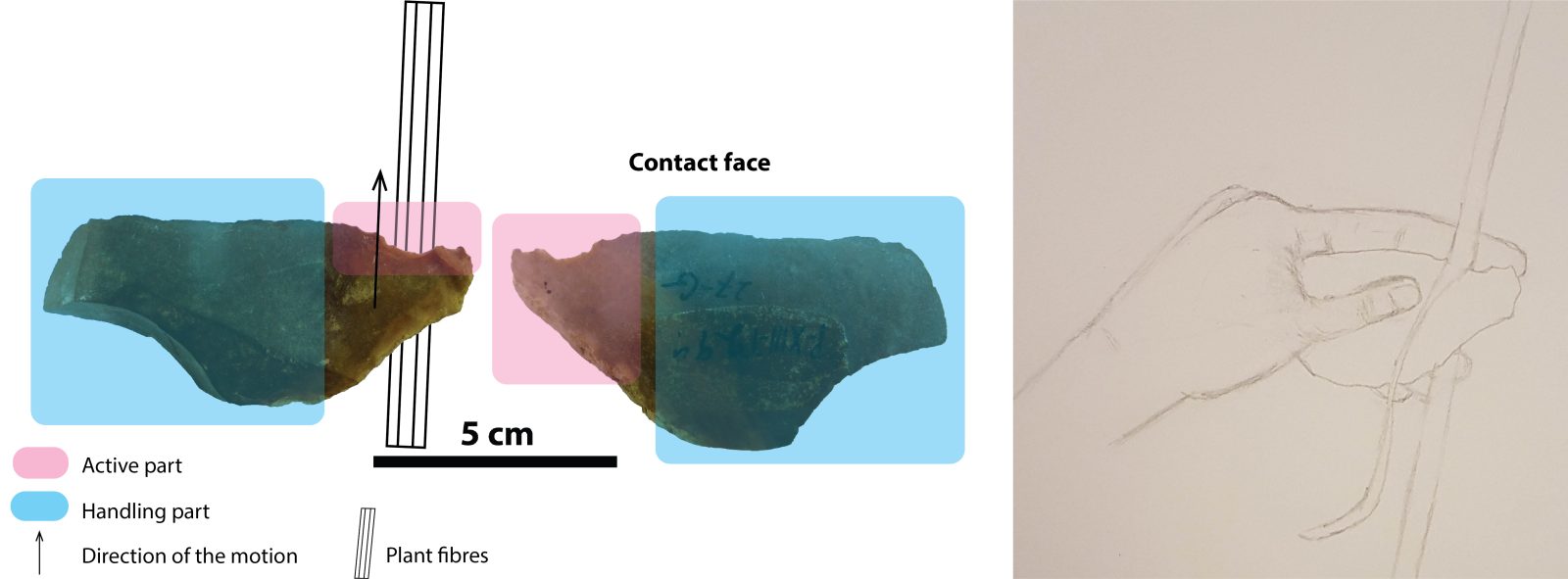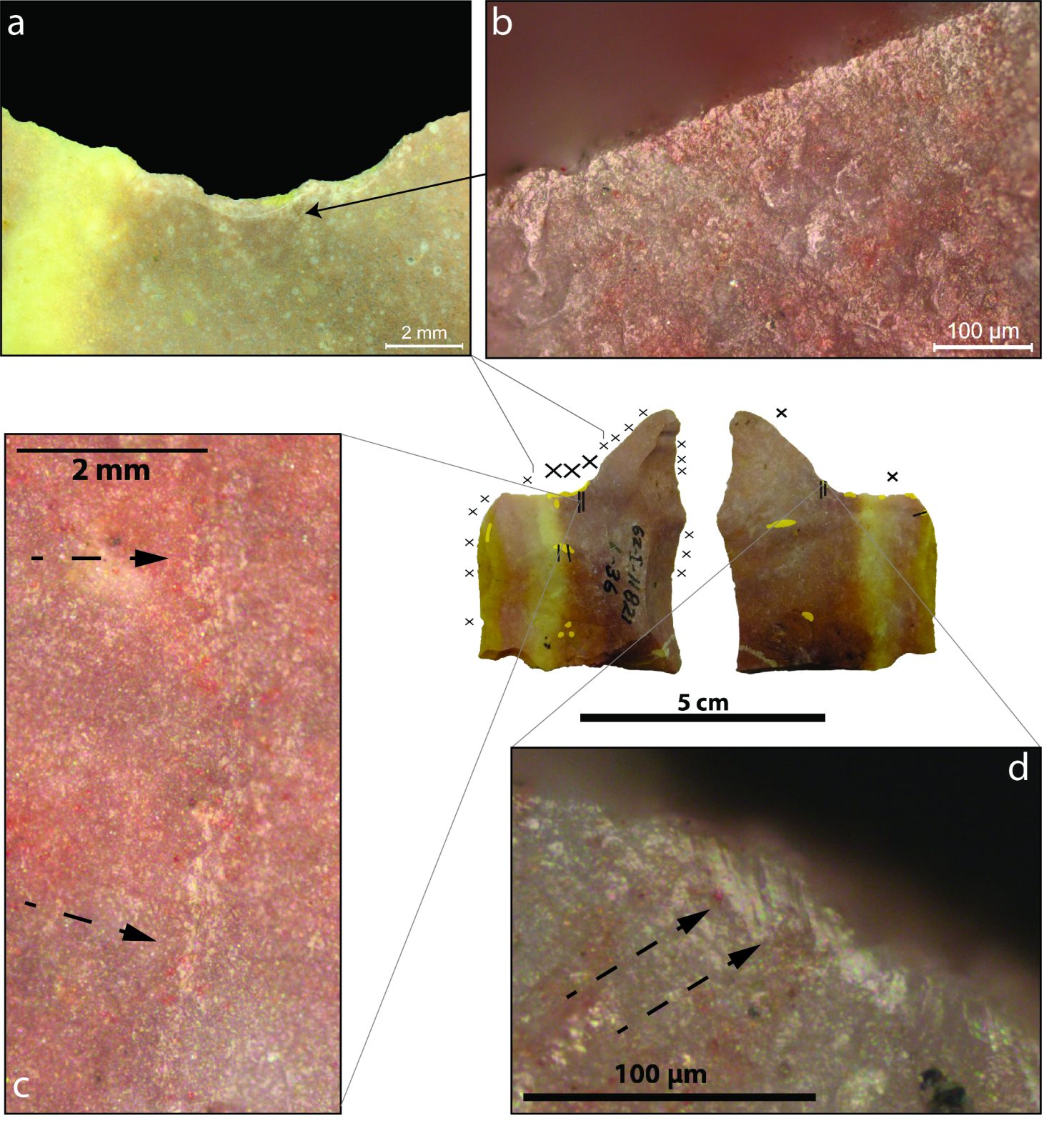Earliest pieces of evidence of basket and tie manufacturing on stone tools were recently found in Tabon Cave in Palawan by researchers from UP Diliman (UPD) and the National Museum.
The pieces of evidence found date back to 39,000 to 33,000 years ago, determined through cutting-edge microscopic analyses.
In correspondences with UPDate Online, Hermine Xhauflair, PhD said the finding shows “that people in Tabon Cave were already processing plant fibers to make baskets and ties 39,000 to 33,000 years ago.”

Xhauflair is an associate professor at the UPD School of Archaeology (SA) and head of the school’s Lithics Lab. She is also the lead author of the research The Invisible Plant Technology of Prehistoric Southeast Asia.
This study “pushes back in time the antiquity of an important national handicraft in the Philippines.”
“Fiber technology is extremely important. It allows making not only baskets and traps but also ropes that can be used to build houses, sail boats, hunt with bows, and make composite objects,” Xhauflair said.
More information regarding the researchers’ findings will be discussed at a press conference on July 3, 2 p.m., at the National Museum.
The Invisible Plant Technology of Prehistoric Southeast Asia is set to be published in PLOS One, a peer-reviewed open access mega journal by the Public Library of Science. — With a report from the SA



